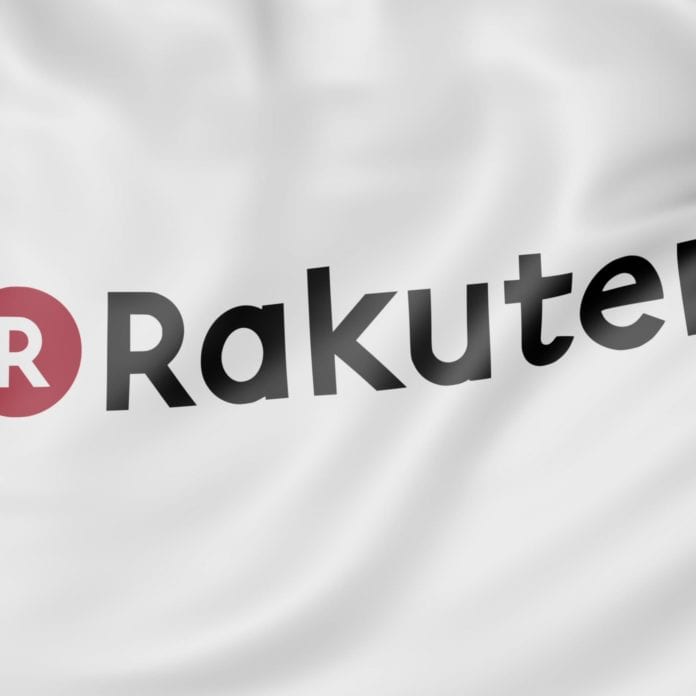Rakuten says it will build a cloud-native, nationwide network for about $5 billion
As operators transition from LTE to 5G, there’s significant discussion around how 5G requires a cloud-native, fully-virtualized design capable of dynamically supporting the myriad applications and device types that will connect over time. But that’s a slow investment process for most, as the billions spent on soon-to-be legacy systems have to be swapped out with new hardware and software.
But, for new market entrants, there’s no need to consider legacy systems because they’re not there. That’s how Rakuten plans to go to market in Japan. The e-commerce company is planning a greenfield LTE network, which it says can be built for about $5 billion, and projects a commercial launch in October.
The closest analog would be Reliance Jio in India, where Rakuten’s chief technology officer was previously employed. Reliance Jio built out a massive, brand new LTE network and aggressively entered the market with a free data offer, and was well-received by the market. However, the mobile needs of India and Japan are very different. Japan’s incumbent operators have very deep and wide network coverage and capacity, and users, in a nation with mobile penetration well over 100%, have high expectations for their service.
Rakuten has been very public in naming its vendors, working with the likes of Altiostar, Cisco, Intel, Nokia Qualcomm, Red Hat, Viavi and others.
During Mobile World Congress Barcelona, Cisco touted that 40 service providers are trialing and deploying its 5G products, and announced new or expanded deals with half a dozen operators, including Rakuten. Cisco said it’s providing Rakuten an “end-to-end fully virtualized, cloud-native mobile network, ready for 5G,” tapping Cisco’s software and services and routing and switching hardware.
Red Hat is providing open-source software, including Enterprise Linux, its OpenStack Platform and storage solutions. Altiostar, a U.S.-based virtual RAN provider, also received funding from Rakuten to accelerate and scale its operations.
Discussing the investment in the context of an open approach to building a network, Altiostar CEO Ashraf Dahod said, “Open RAN architecture and virtualization are key to building software-centric networks that can scale and adapt to meet an explosion of devices and applications driving service velocity and profits. This funding is going to be help us expand our technology innovation to help operators like Rakuten to push new business models and bring affordable broadband to the masses through web-scale mobile networks.”
For future internet of things services, Rakuten will use Nokia’s Impact IoT platform with an eye on applications in agricultural, industrial and automotive fields, as well as for business-to-consumer-type services. Nokia is also supplying core and radio products. Qualcomm is providing its FSM Small Cell Platforms for both outdoor and indoor densification.
Speaking at a Cisco event in Melbourne earlier this month, Cisco President of Asia-Pacific, Japan and China Miyuki Suzuki made the Rakuten/Reliance Jio comparison. “Reliance Jio had a vision of the possible. They wanted to transform the lives of the 1.2 billion people in India by building a 4G-only virtualized network. Cisco and Reliance Jio did this together in just three years, and now they have 280 million subscribers.”
She continued: “With Rakuten, it’ll be the first virtualized and cloud based” network. “The wonderful thing about both these service providers is that they’re pretty much greenfield, so unlike some of the existing telecommunications providers who need to think about how they utilize the assets they’ve invested in, how they make new 5G technology…these players can really do very pioneering things.”
Amin was omni-present at MWC Barcelona and field questions during a Sunday panel ahead of the show’s official start. He said the total capex budget was in the $5 billion to $6 billion range “to build a network with the same size infrastructure as Sprint in the U.S. But the upgrade to 5G will be 60% cheaper because of this architecture.”
“I don’t think there is any technical challenge at all,” he continued. “It does not mean that it is trivial or easy to do but what I do believe is if you start looking at workloads as software it becomes easier for us to identify problems, isolate, resolve and fix in an agile manner. If I did not have the right support from my organization, none this stuff here you would see. We started in August last year and here in February we are almost 80% through the major software issues we have to address. The large OEMs have a bigger problem. They have to contemplate how they will transform the organization. I think that’s a much bigger challenge structurally than technological issues.”

